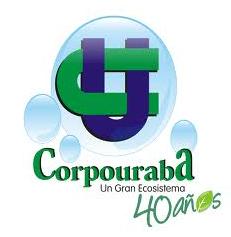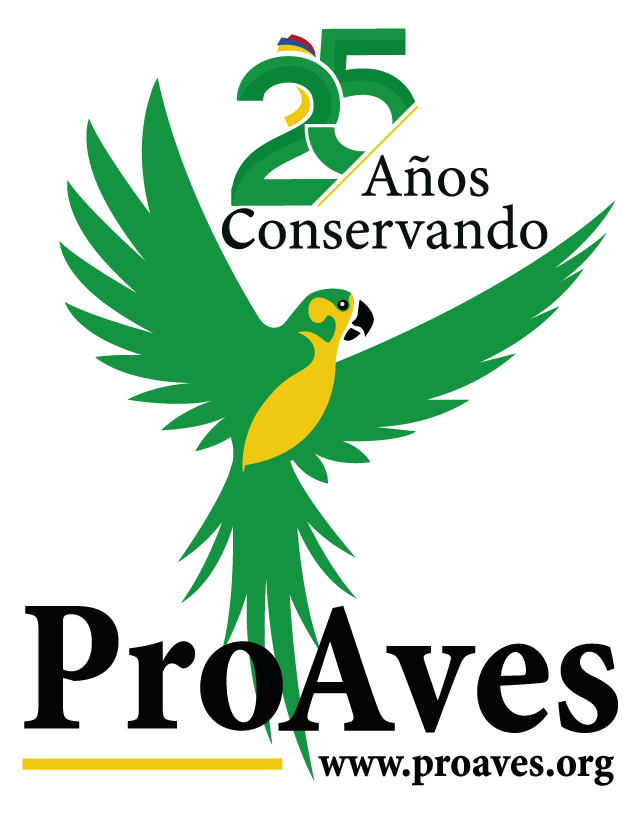Wednesday 3 March 2010.
The aim of the present study is to design a Conservation Plan for the Páramo del Sol in order to generate tools to decelerate the rapid loss, fragmentation and habitat loss of some of the most endangered species in Colombia and present in this important area.
As a first step, a phased environmental characterization was made emphasizing the ecosystems present, associated fauna, climate and water resources, land use, biophysical characteristics; characterization of threats, inventory of property and social characterization, economic and culture of the communities, as well as the zoning for the enabling of the management plan of the moor, aiming for the integration of the ecosystem in the study area, regulate the use of the area according to the zoning developed ,with the objective of establishing a management plan for the Paramo de Urrao with the support of key local, regional and municipal entities that aloud and facilitate the accomplishment of the conservation goals.

Dusky Starfrontlet (Coeligena orina).
Study Area
Urrao Municipality is located in the southwest sub-region of Antioquia department in the Cordillera Occidental, the exploration was carried out in the villages of San Matías, La Encarnación, El Sereno and Vereda Calles (Parque Nacional Natural Las Orquideas) located northwest of the urban municipality Urrao.
The target area corresponds to areas of lower mountain wet forest, very humid forest, heath lower mountain rain, the latter being predominant. The topography presents very steep slopes with inclination of the 45% approximately and numerous streams. In regards to climatic conditions ,approximate temperatures range from 12 to 24 ° C and average annual rainfall exceeds 4000 mm.
Amphibians and reptiles

Paramo Frontino Salamander (Bolitoglossa hypacra) Cordillera Central Treefrog (Hyloscirtus larinopygion).
25 species were registered of which 22 species were in the group of Amphibians , 3 part of the Reptiles group and belonging to 4 orders (Anura, Caudata, Gymnophiona and Squamata).
Birds

Chestnut-bellied Flowerpiercer (Diglossa gloriossisima) Chestnut-napped Antpitta (Grallaria nuchalis).
Partial results
The management plan and conservation plan of the Páramo del Sol is being developed for the sole purpose of prioritizing actions and uses thereof in order to ensure its future and appropriate conservation.
Listed below are the species that have been registered in the study area and which unfortunately are globally threatened with extinction according to IUCN categories:
Dusky Starfrontlet (Coeligena orina) CR,Chestnut-bellied Floerpiercer (Diglossa gloriosissima) EN, Red-bellied Grackle (Hypopyrrhus pyrohypogaster) EN, Rusty-faced Parrot (Hapalopsittaca amazonina) VU, Maustached Antpitta (Grallaria alleni) VU Olive-sided Flycatcher (Contopus cooperi) NT and Cerulean Warbler (Dendroica cerulea) VU,Black-andchestnut Eagle(Spizaetus isidori) NT, Yellow-headed Manakin (Xenopipo flavicapilla) NT, Purplish-mantled Tanager (Iridosornis porphyrocephalus)NTand Golden-winged Warbler (Vermivora chrysoptera)NT.
While the characterization of herpete allowed the registration of 5 species under some category of threat,(Centronele geckoideum VU, Pristimantis satagius DD, Bolitoglossa hypacra LC y Bolitoglossa medemi VU and Hyloscirtus larinopygion NT ) 5 amphibian morphs have been registered but we have been unable to allocate their taxon as they are in process of classification.
So far the common factor is the loss, fragmentation and reduction of habitat of anthropogenic origin.
With the support of:
 |
 |
